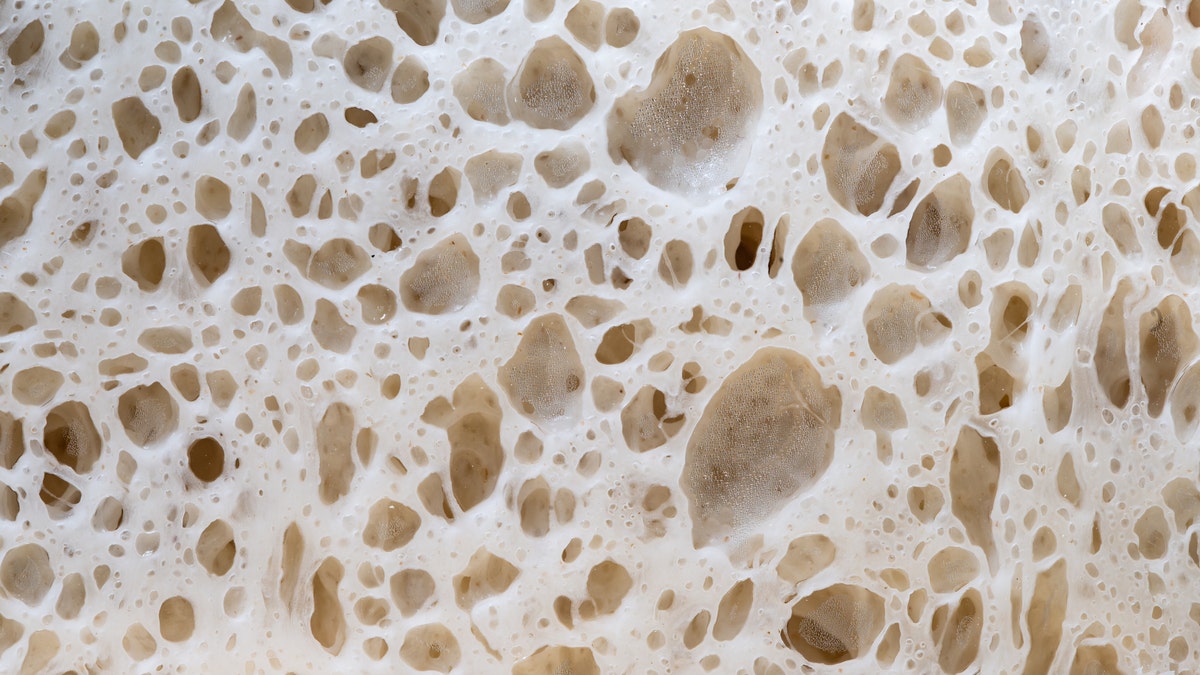Is it safe to go into supermarkets amid the coronavirus outbreak?
Supermarkets across the U.S. have implemented safety measures to combat the spread of coronavirus but some experts have advised customers to take additional precautions.
Now that we’re all on lockdown and our low-carb diets have gone out the window, many of us are trying our hands at baking our own bread. But since we all had this exact same idea at the exact same time, most supermarkets are finding it hard to keep the ingredients for bread-making — especially yeast — on store shelves.
So what’s a baker to do? Well, we’ll just have to get creative with our definition of the word “bread.”
RECIPE: JAMIE OLIVER SHARES BREAD RECIPE MADE WITH MINIMAL INGREDIENTS
Fox News recently spoke to Martin Philip, a cookbook author and baking expert for King Arthur Flour, on how to adapt to a yeast-free landscape.
To start, it’s important to know why yeast is so important in bread-making. Yeast is a “key player” in fermentation, Philip says, and fermentation produces gases that improve the texture of bread, and make it rise. Not only that, but fermentation is what gives bread its signature taste and aroma.

Yeast is a “key player” in fermentation, Philip says, and fermentation produces gases that improve the texture of bread, and make it rise. (iStock)
CLICK HERE TO SIGN UP FOR OUR LIFESTYLE NEWSLETTER
“When you walk past a good bakery and the smell is so good that it whips your head around — those are the flavor compounds which are byproducts of fermentation,” says Philip, who is also the author of “Breaking Bread: A Baker's Journey Home in 75 Recipes.”
“That flavor, combined with the texture of a pillowy loaf or crusty sourdough with an open crumb are made possible by yeast.”
As far as substitutes go, Philip says there are none — or at least none that will be able to replicate the same flavor found in a loaf of leavened bread made with actual yeast. Baking soda or baking powder (in specific quantities) can be used to produce gas in the absence of yeast, Philip explains, but will yield less desirable results in the end.
FOLLOW US ON FACEBOOK FOR MORE FOX LIFESTYLE NEWS
It’s possible to cultivate our own yeast at home, he adds, but it does require specific conditions. The genus of fungi that includes yeast is also naturally found in flour, or on the skins of grapes, both of which can be used to create a sourdough starter at home.
“But, but! There are many options for baking which do not require commercial yeast,” Philip says.
For instance, sourdough culture — which can be purchased at specialty stores or online — and other biological sources of yeast “make great breads,” according to Philip. “Also, quickbreads such as banana bread and Irish soda bread, cakes, biscuits, cookies, cream puffs, puff pastry and many flatbreads (think of Tortillas, Naan, Roti) which rely on chemical leaveners, or no leavener at all, are great options.”

No yeast? Plenty of great quickbreads, or cakes, or biscuits, can be made without yeast. (iStock)
CLICK HERE FOR FOX NEWS' CONTINUING CORONAVIRUS COVERAGE
Philip also emphasizes the importance of remembering why we’re baking in the first place — which is not only to create bread, but to unwind, or spend time with family.
“Baking is an activity which meets us where we are and takes us to a special place,” Philips tells Fox News. “Whether whipping up a batch of biscuits (chemically-leavened, no yeast required) or making tortillas for taco night, or baking a cake because we need smiles during [a] difficult day, baking is an act of love.”




















